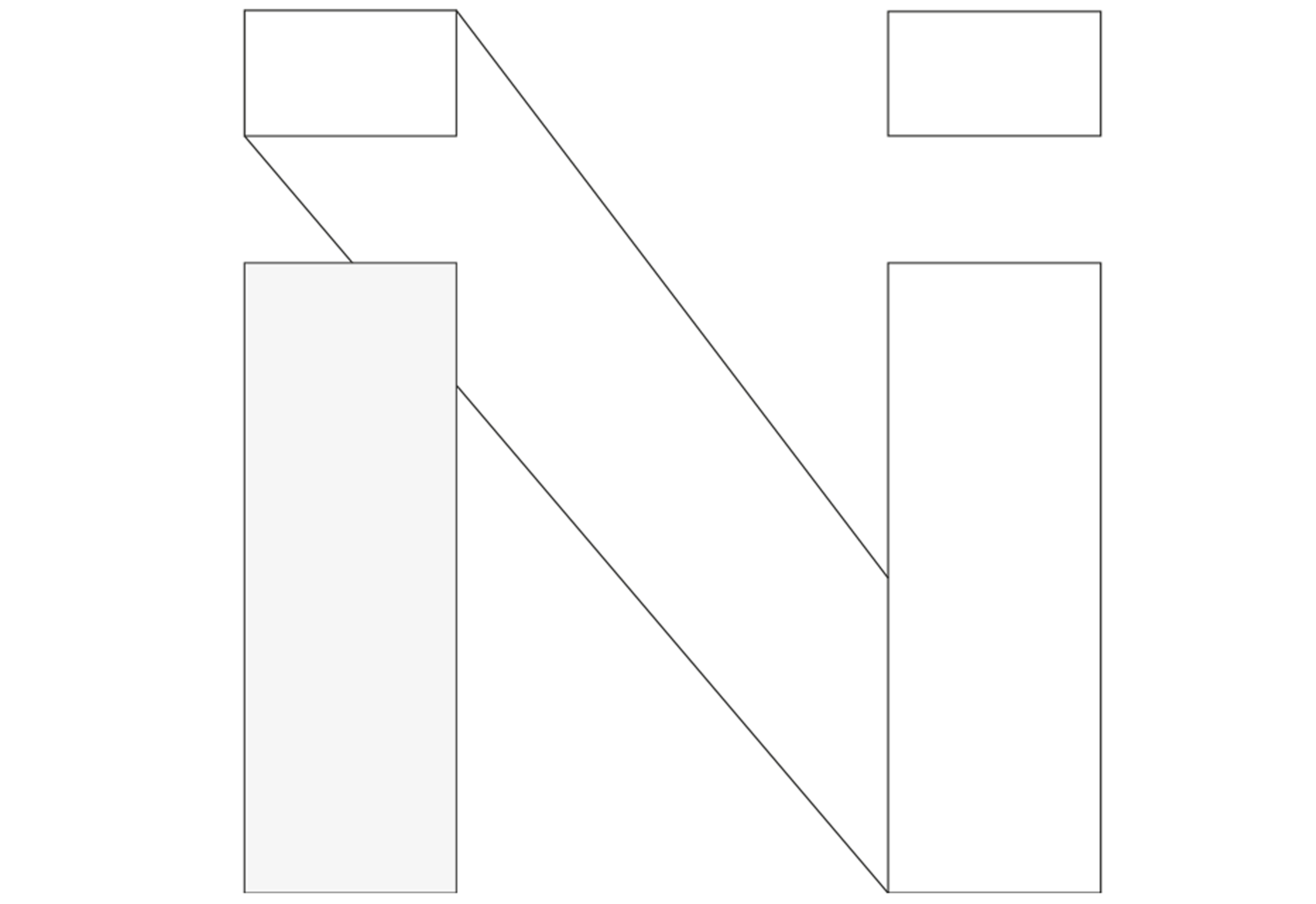Science of CAN WE engineer nature, Design confrontation of SHOULD WE engineer nature & Application of DESIGNING WITH nature instead.
1. CAN WE ENGINEER NATURE? -- Reverse-engineering Bacteria to design biosensors , SCIENTIFIC RESEARCH
MOTIVATION Chemotaxis is vital to the operation of many biological systems from single-cells to the immune & nervous systems. Although external observations of chemotaxis had been carried out the internal mechanism remained a ‘black box’.
INTERVENTION Reverse-engineering Bacteria to design biosensors & understand tumor growth in cancer. Awarded the Institute of Engineering & Technology prize, presented in Bioengineering conferences and published in scientific journals. The project was at the forefront of what is known today as SYNTHETIC BIOLOGY.
By Nassia Inglessis as a Research Associate in the Oxford University Engineering Department & Centre of Integrative Systems Biology in 2009.
2. DO WE WANT TO ENGINEER NATURE? -- InCased, CONCEPTUAL DESIGN CONFROTATIONS

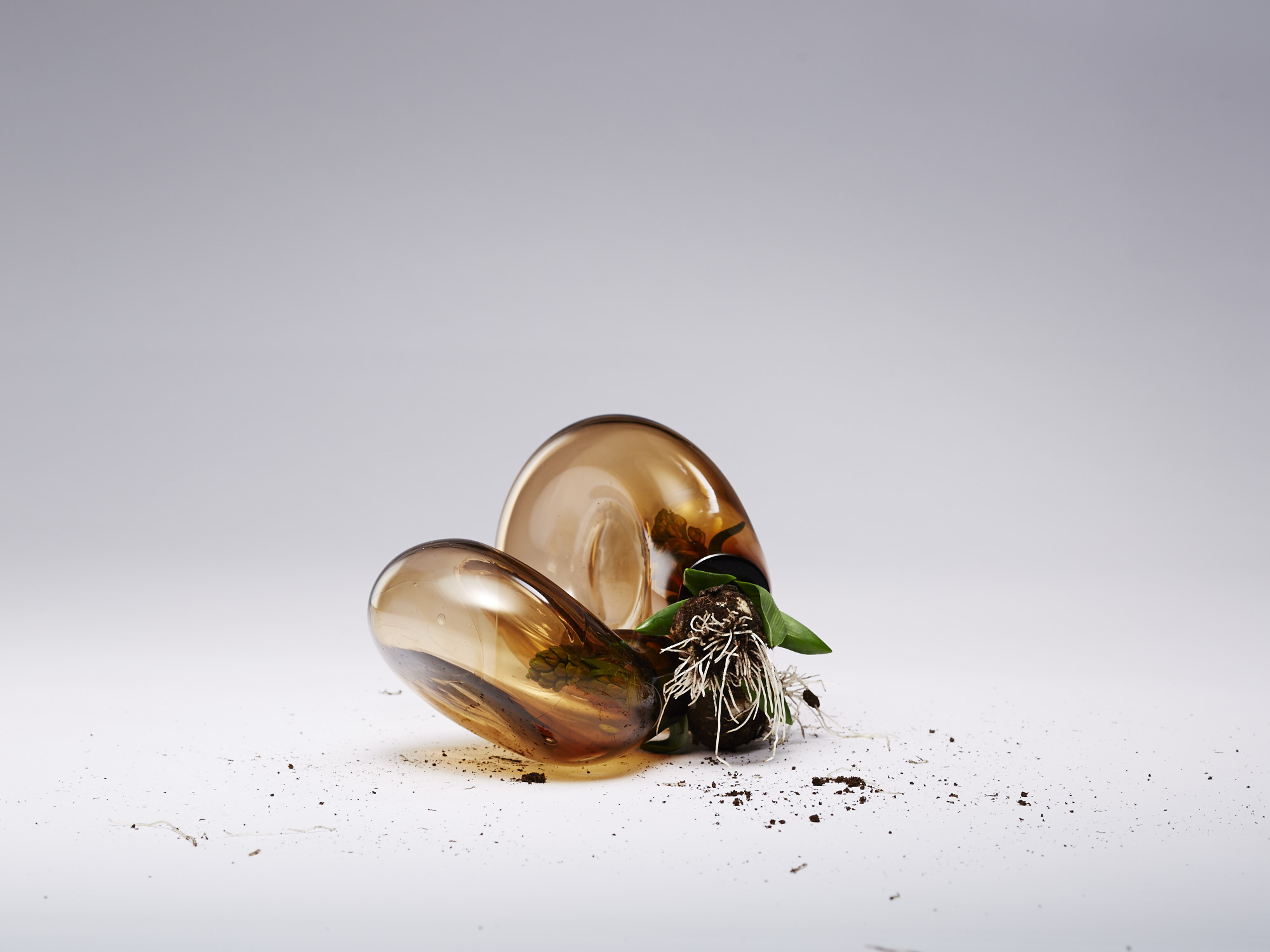
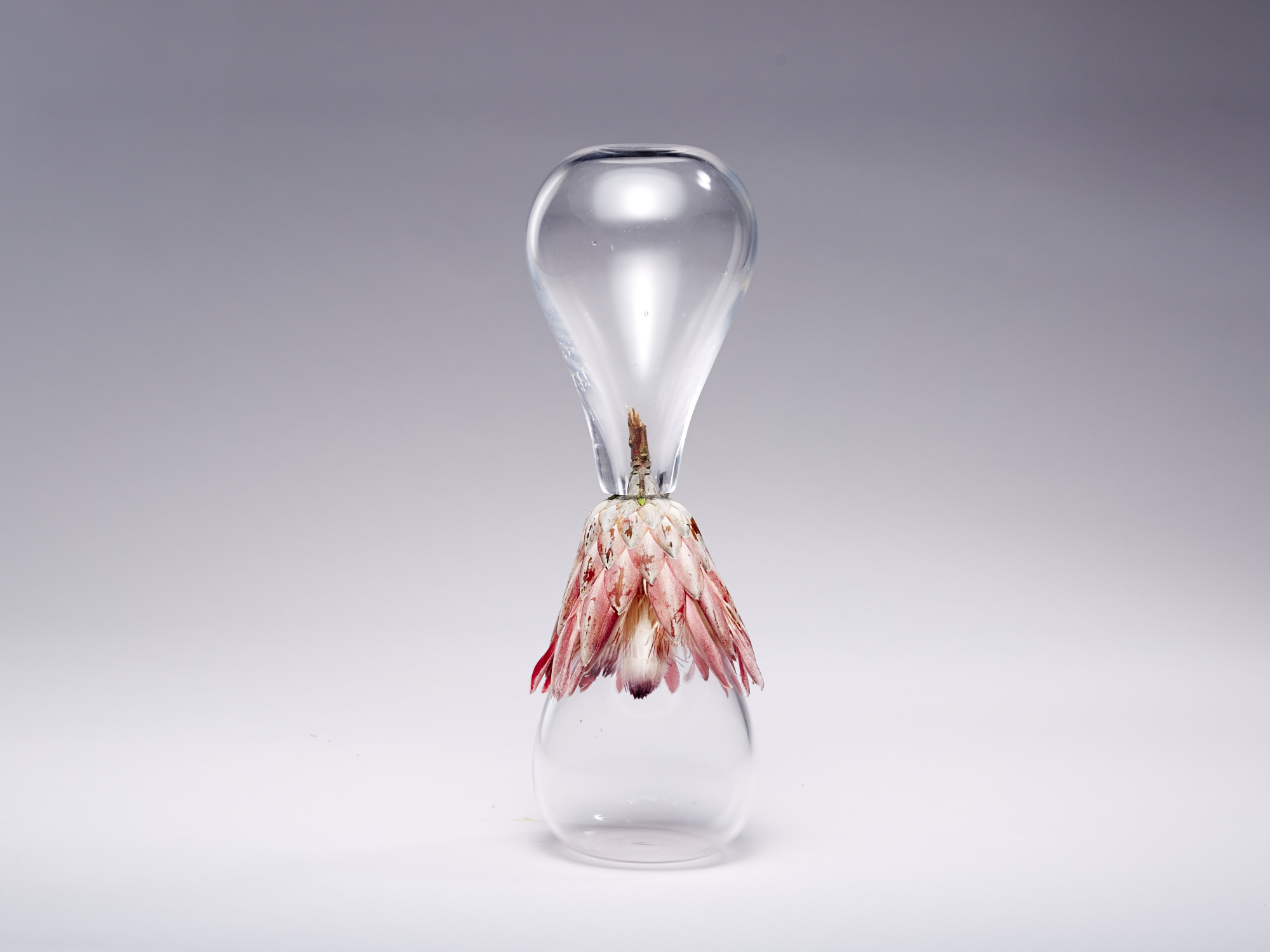
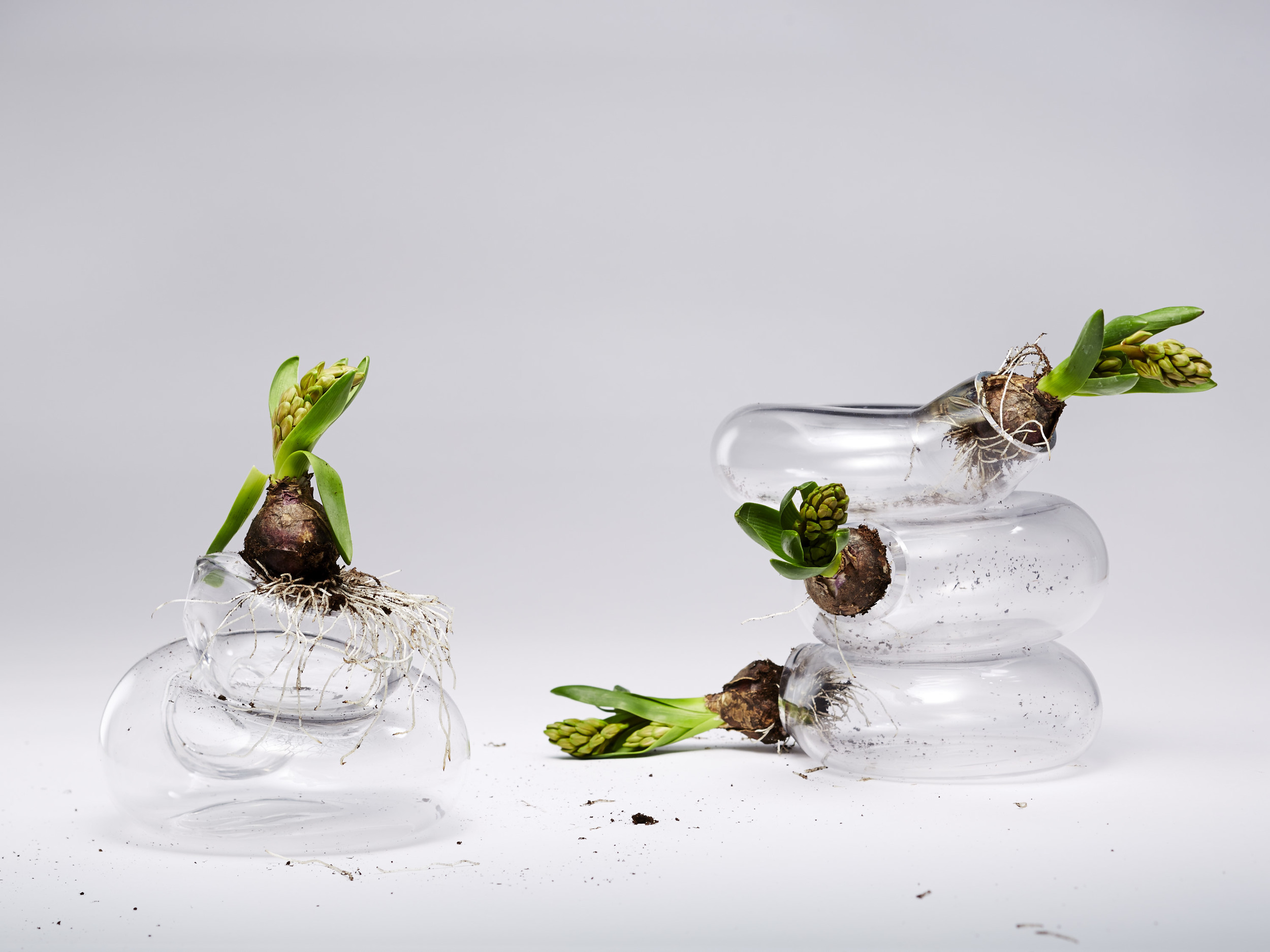
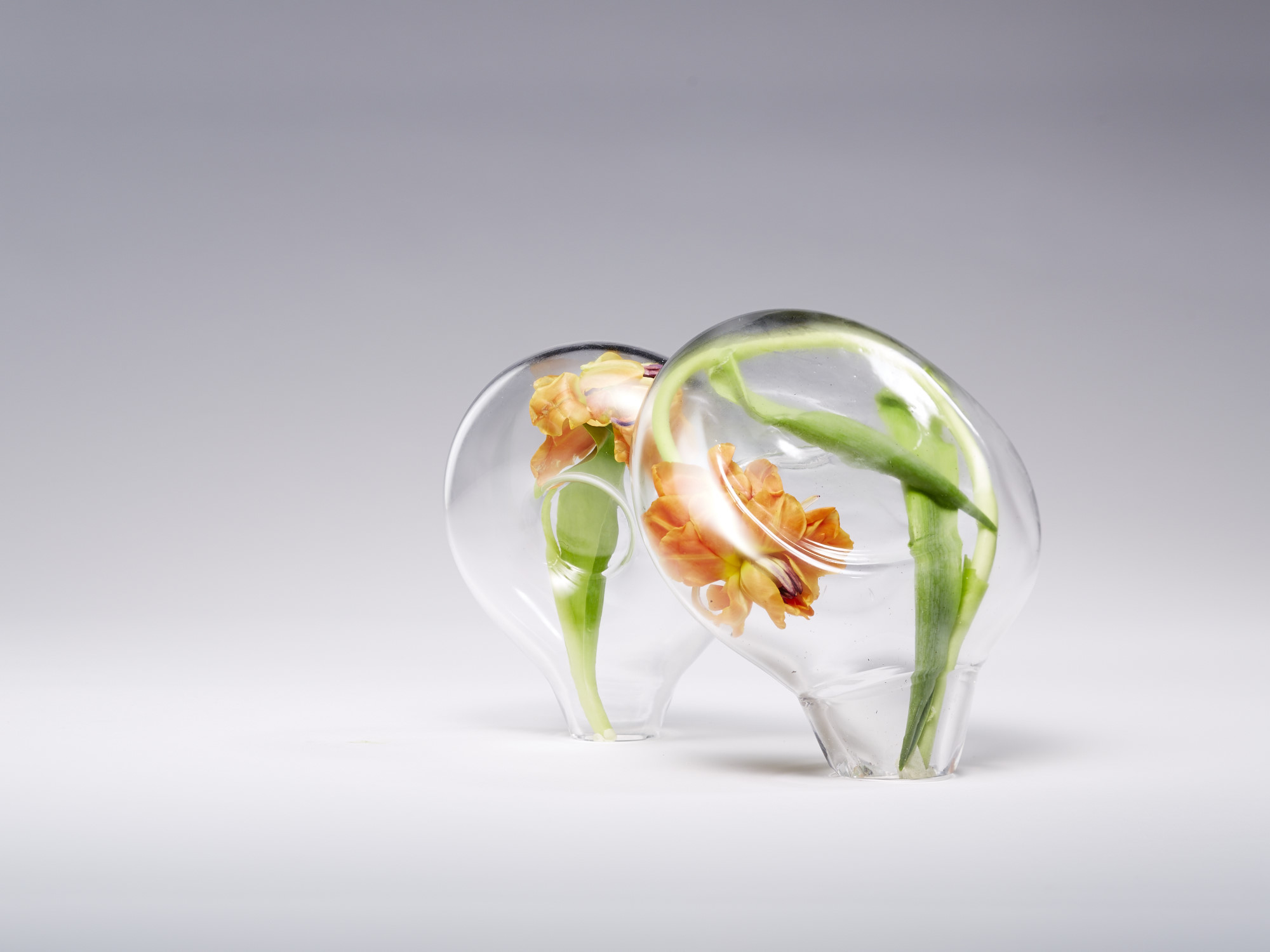


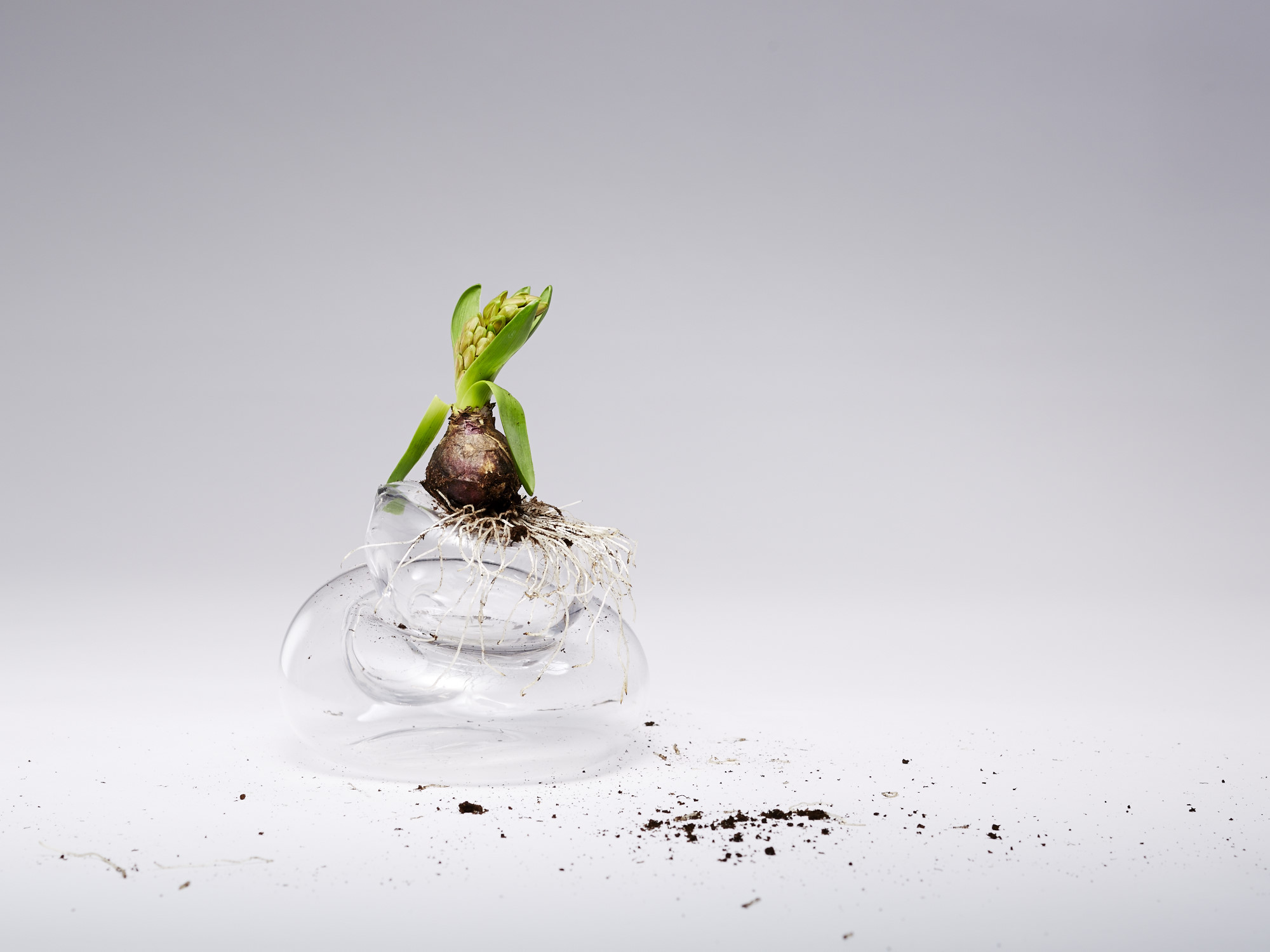


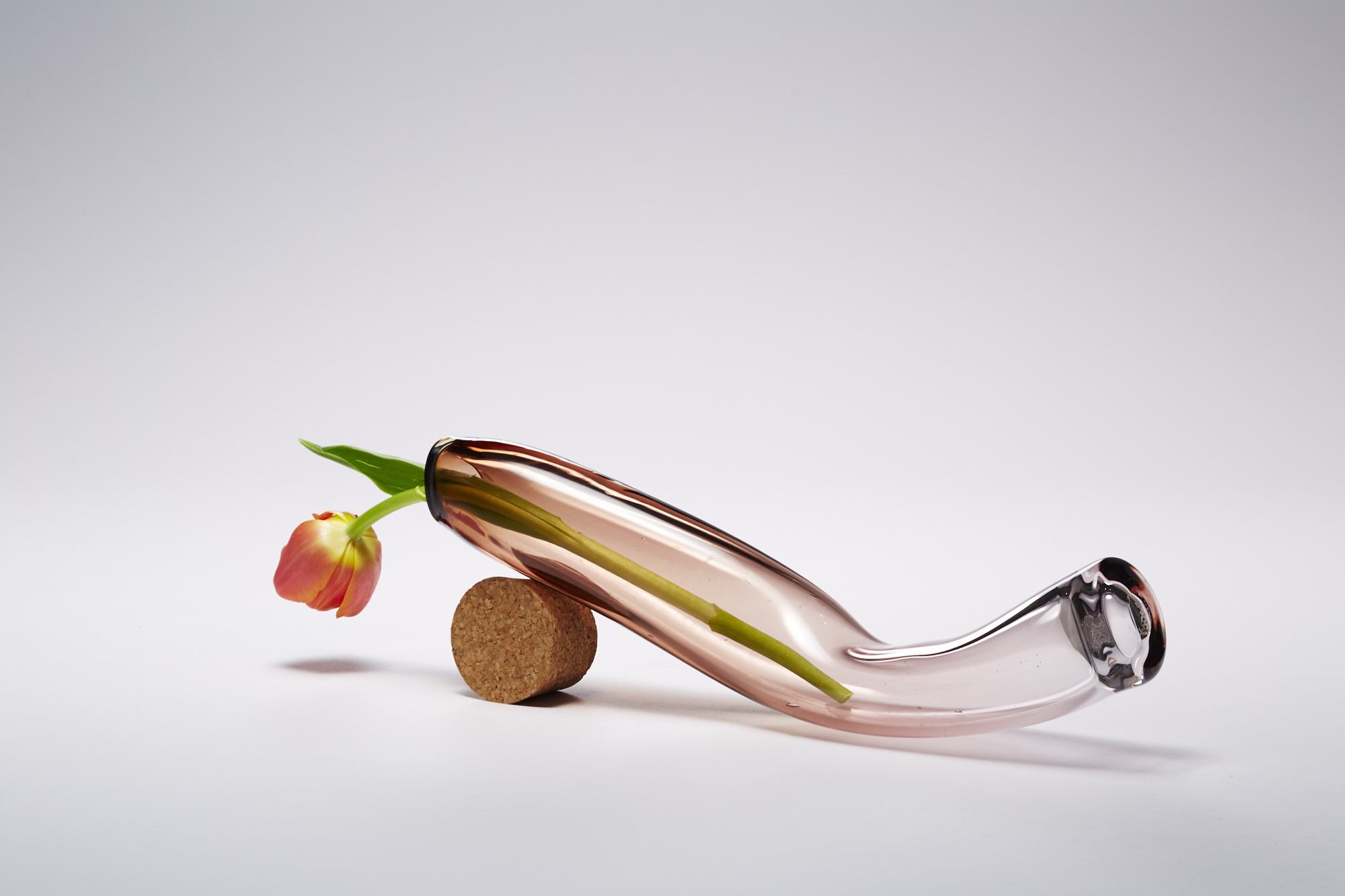
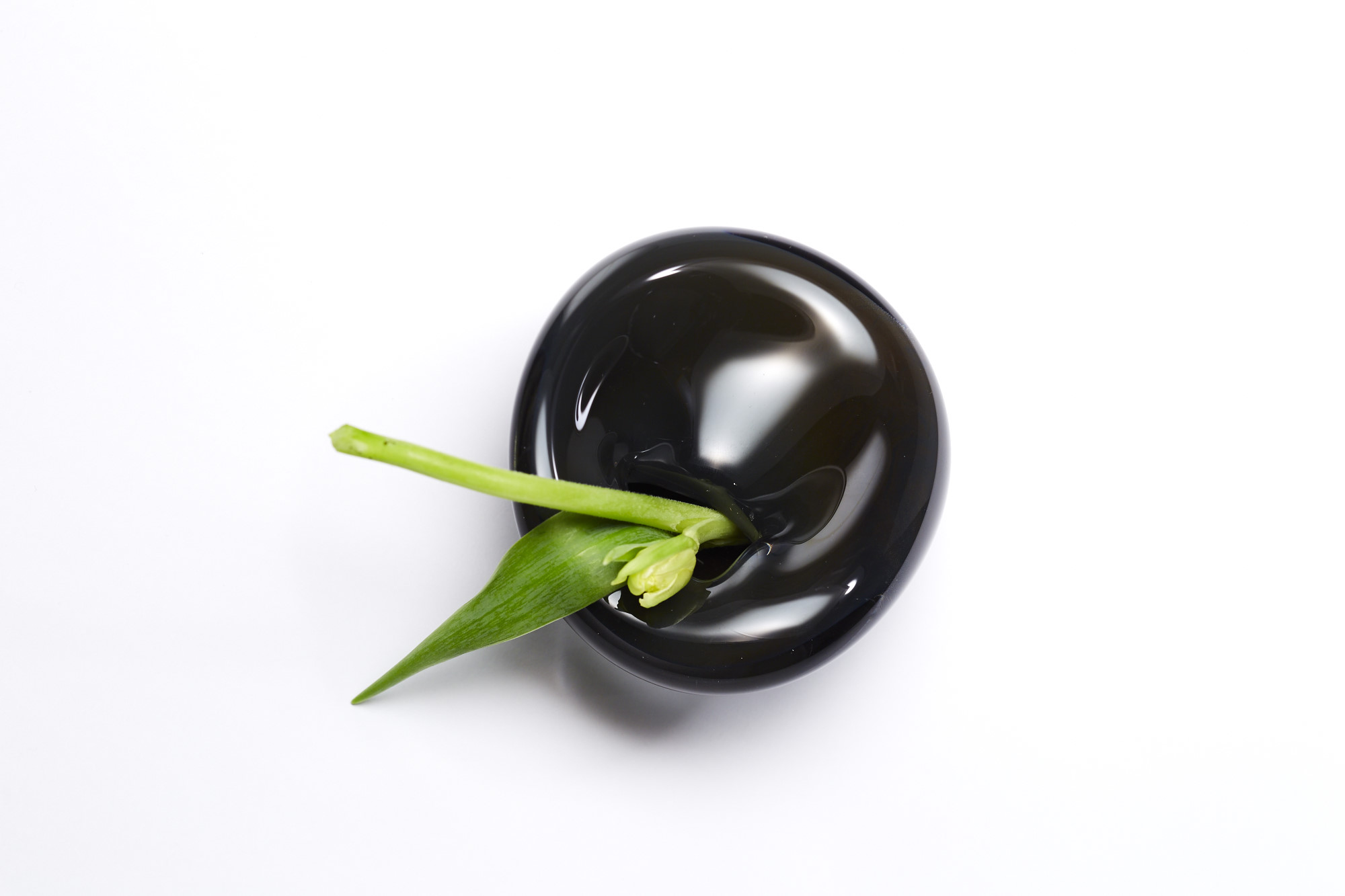

MOTIVATION
As designers are driven by the alluring prospect of designing with life's materials actively participating in the fields of Biotech & Synthetic Biology, they are faced with many unanswered dilemmas, such as:
- What are the rules in our relationship with nature?
- How will this relationship be redefined as a result of the nature of our interventions?
- How can we breath life back into processed natural materials through natural processes and create new interfaces in 'living' materials?
INTERVENTION
InCased is an investigation of our intervention on nature's designs. It seeks to explore the crossover between encasement and entrapment in our design of material and form. Working with glass and living plants as primary materials, I conducted a study in form, colour and opaqueness; glass-blowing vessels by hand, to explore the subtle boundary between nourishing & protective encasement vs. suffocating entrapment. An entrapment that is however deceiving in the illusion that it creates of momentary permanence and aesthetic.
Conceptual design exploration by Nassia Inglessis
3. SHOULD WE DESIGN WITH NATURE INSTEAD? -- Spring, Symbiotic system that captures and re-contextualises the existing intelligence in nature, DESIGN APPLICATION
MOTIVATION
With a world of unsustainable farming practices, record high obesity rates in the West and huge amounts of food waste, it is clear that our relationship with food and its production is broken. Can we tap in to the intelligence growth mechanisms in natures to design a more symbiotic relationship with natural produce that can augment our activity as humans?
INTERVENTION
Spring is a compact automated growing environment that empowers anyone to cultivate fresh produce in the home. More than a simple appliance, Spring serves as a probe into ways in which we can live more symbiotically with nature.
The unit combines a hydroponic system and a controlled environment to create ideal growing conditions for a wide range of produce, which makes it a great introduction into growing in the home. It also provides a platform allowing those with special requirements to grow special produce in different ways, such as adapting the nutrition or taste of produce.




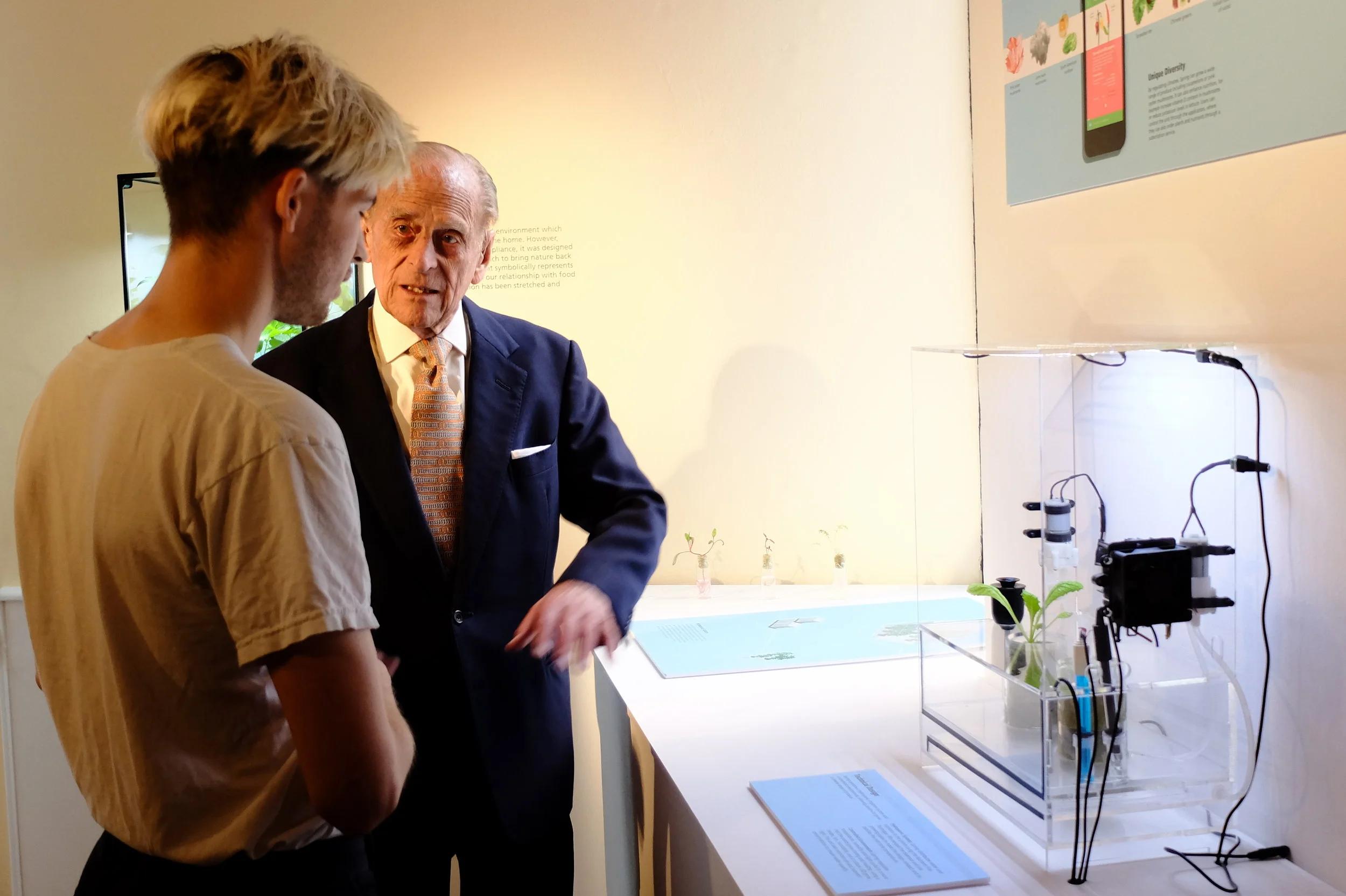



FUTURE VISION
Diversification is key to the future of a secure food system as due to harmful industrial agricultural practices such as mono-cropping, 65% of the world’s agricultural land shows signs of overuse and degradation. By networking Spring with other growing units of different sizes, production can be scaled and diversified. With the integration of such systems in the home, the very idea of the home is then challenged as it becomes a literal living space.
This project was a collaboration between John Bertolaso, Edward Brial and Gabriel Brückner. More details here.
